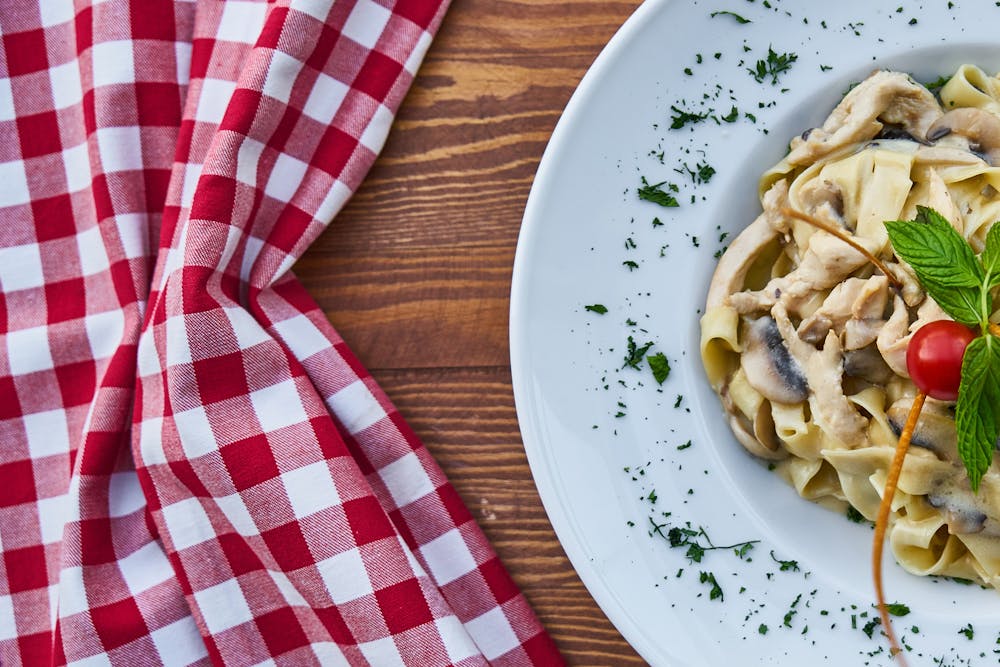Eating well on a budget has been a significant part of my journey towards maintaining a healthy lifestyle. While it can be challenging to balance nutrition with limited financial resources, I’ve discovered several money-saving tips and strategies that have helped me enjoy nutritious meals without breaking the bank.
 First and foremost, I prioritize planning and preparation when it comes to budget-friendly eating. Taking the time to plan meals for the week ahead allows me to create a shopping list and avoid impulse purchases at the grocery store. I plan meals around affordable staples like beans, lentils, rice, and pasta, which are not only budget-friendly but also versatile and nutritious.
First and foremost, I prioritize planning and preparation when it comes to budget-friendly eating. Taking the time to plan meals for the week ahead allows me to create a shopping list and avoid impulse purchases at the grocery store. I plan meals around affordable staples like beans, lentils, rice, and pasta, which are not only budget-friendly but also versatile and nutritious.
 Buying in bulk is another money-saving strategy that has proven to be incredibly effective. Purchasing staple items like grains, beans, nuts, and seeds in bulk quantities can significantly reduce the cost per serving. Many grocery stores and co-ops offer bulk bins where you can purchase just the amount you need, reducing packaging waste and saving money in the process.
Buying in bulk is another money-saving strategy that has proven to be incredibly effective. Purchasing staple items like grains, beans, nuts, and seeds in bulk quantities can significantly reduce the cost per serving. Many grocery stores and co-ops offer bulk bins where you can purchase just the amount you need, reducing packaging waste and saving money in the process.
 I also make an effort to shop seasonally and take advantage of sales and discounts on fresh produce. Seasonal fruits and vegetables are often more abundant and affordable, making it easier to incorporate a variety of nutrient-rich foods into my meals. I look for local farmers’ markets and community-supported agriculture (CSA) programs where I can find fresh, locally grown produce at competitive prices.
I also make an effort to shop seasonally and take advantage of sales and discounts on fresh produce. Seasonal fruits and vegetables are often more abundant and affordable, making it easier to incorporate a variety of nutrient-rich foods into my meals. I look for local farmers’ markets and community-supported agriculture (CSA) programs where I can find fresh, locally grown produce at competitive prices.
 Meal prepping is another key strategy for eating well on a budget. Spending a few hours each week chopping vegetables, cooking grains, and preparing proteins allows me to assemble quick and easy meals throughout the week. I portion out meals into individual containers to grab-and-go during busy weekdays, reducing the temptation to dine out or order takeout, which can be more expensive and less nutritious.
Meal prepping is another key strategy for eating well on a budget. Spending a few hours each week chopping vegetables, cooking grains, and preparing proteins allows me to assemble quick and easy meals throughout the week. I portion out meals into individual containers to grab-and-go during busy weekdays, reducing the temptation to dine out or order takeout, which can be more expensive and less nutritious.
 Another money-saving tip is to make use of leftovers and repurpose ingredients to create new meals. Roasted vegetables can be added to salads, soups, and stir-fries. Leftover grains and proteins can be turned into grain bowls, wraps, or casseroles. By getting creative with leftovers, I can stretch my food budget further and minimize food waste in the process.
Another money-saving tip is to make use of leftovers and repurpose ingredients to create new meals. Roasted vegetables can be added to salads, soups, and stir-fries. Leftover grains and proteins can be turned into grain bowls, wraps, or casseroles. By getting creative with leftovers, I can stretch my food budget further and minimize food waste in the process.
 I also keep an eye out for sales, coupons, and discounts on pantry staples and household items. Many grocery stores offer loyalty programs and digital coupons that can help save money on groceries over time. I also make use of apps and websites that offer cashback rewards or discounts on groceries and household essentials.
I also keep an eye out for sales, coupons, and discounts on pantry staples and household items. Many grocery stores offer loyalty programs and digital coupons that can help save money on groceries over time. I also make use of apps and websites that offer cashback rewards or discounts on groceries and household essentials.
 Finally, I remind myself that eating well on a budget doesn’t mean sacrificing taste or variety. With a little creativity and resourcefulness, it’s entirely possible to enjoy delicious and nutritious meals without overspending. By prioritizing planning and preparation, buying in bulk, shopping seasonally, meal prepping, making use of leftovers, and taking advantage of sales and discounts, I can stretch my food budget further and nourish my body with wholesome foods that support my health and well-being in the long run.
Finally, I remind myself that eating well on a budget doesn’t mean sacrificing taste or variety. With a little creativity and resourcefulness, it’s entirely possible to enjoy delicious and nutritious meals without overspending. By prioritizing planning and preparation, buying in bulk, shopping seasonally, meal prepping, making use of leftovers, and taking advantage of sales and discounts, I can stretch my food budget further and nourish my body with wholesome foods that support my health and well-being in the long run.
